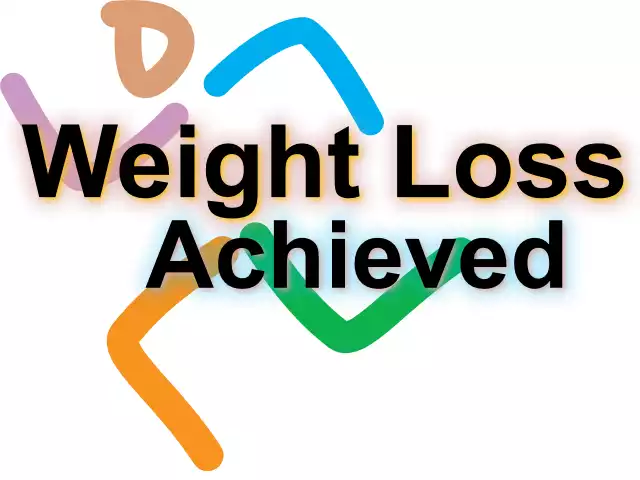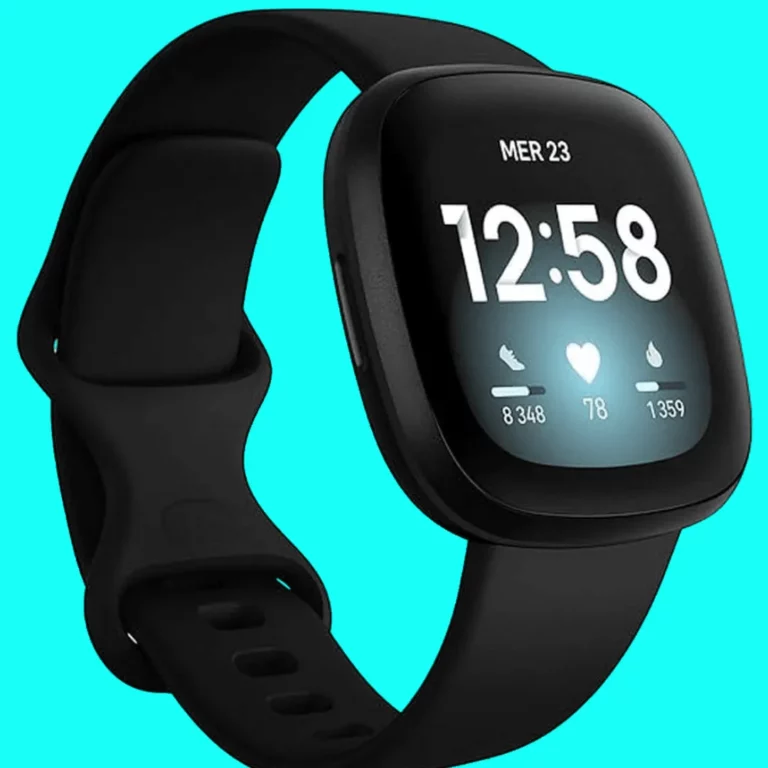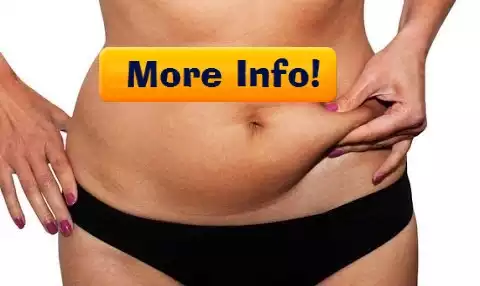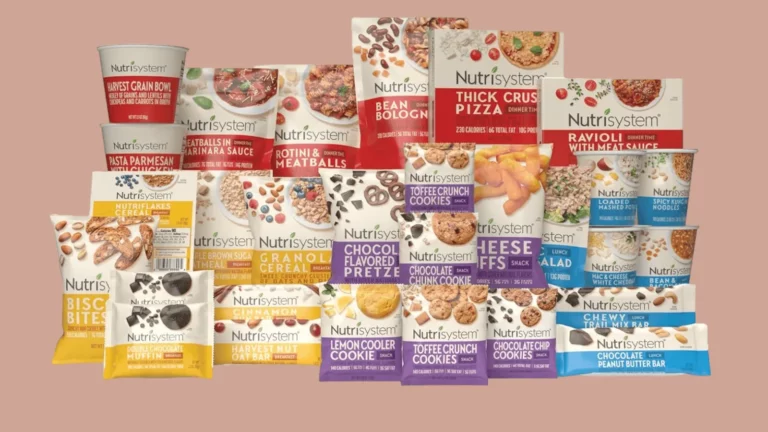In today’s society, the quest for the perfect body is unending and weight loss is a multi-billion dollar industry.
With countless products and techniques claiming to help shed unwanted pounds, it can be overwhelming and confusing to determine which methods actually work.
One popular product on the market is weight loss belts, which claim to help slim the waistline and tone the abdominal muscles.
But how exactly do these belts work? Is there any scientific evidence to support their effectiveness? In this article, we will delve into the science behind weight loss belts and explore the mechanisms by which they claim to aid in weight loss.
By understanding the science behind these belts, we can make informed decisions about their use and determine whether they are a beneficial addition to our weight loss journey.
So let’s dive in and uncover the truth behind the claims of weight loss belts.
Table of Contents on The Science of Slimming How Weight Loss Belts Work
Targeted heat to burn fat
One innovative approach to weight loss that has gained popularity in recent years is the use of targeted heat to burn fat.
This method involves the application of heat to specific areas of the body with the aim of stimulating thermogenesis, which is the body’s natural process of producing heat and burning calories.
By increasing the temperature in these targeted areas, it is believed that fat cells are broken down more effectively, leading to localized fat loss.
This technique is often used in conjunction with regular exercise and a healthy diet to maximize results.
While the concept of targeted heat to burn fat holds promise, it is important to note that further research is needed to fully understand its effectiveness and long-term impact on weight loss.
Stimulates core muscles effectively
When it comes to achieving a toned and strong core, stimulating the core muscles effectively is key.
A strong core not only improves overall stability and posture, but it also plays a crucial role in functional movements and athletic performance.
There are various exercises and equipment available that can help in targeting the core muscles, such as planks, crunches, and stability balls.
These exercises engage the abdominal muscles, obliques, and lower back, leading to improved core strength and definition.
By incorporating proper form, intensity, and progression into your core workouts, you can effectively stimulate these muscles and work towards achieving your fitness goals.
Remember, consistency and proper technique are essential for optimal results when it comes to core training.
Enhances workout results quickly
To maximize the effectiveness of your workouts and accelerate your fitness progress, incorporating certain techniques and tools can enhance your results quickly.
One such method is incorporating high-intensity interval training (HIIT) into your routine.
By alternating between bursts of intense exercise and short periods of rest, HIIT workouts can significantly increase calorie burn and improve cardiovascular fitness in a shorter amount of time.
Additionally, using resistance bands or weights during your exercises can help increase muscle strength and endurance.
These tools add resistance and challenge your muscles, leading to greater muscle development and improved overall fitness.
Another way to enhance your workout results is by focusing on proper nutrition and hydration.
Fueling your body with the right nutrients and staying hydrated can optimize your energy levels and support muscle recovery, allowing you to perform at your best during each workout session.
By combining these strategies with consistency and dedication, you can truly maximize the benefits of your workouts and achieve your fitness goals efficiently.
Increases metabolism for lasting effects
One key aspect of achieving lasting weight loss is increasing your metabolism.
Your metabolism is the rate at which your body burns calories to sustain its basic functions.
By increasing your metabolism, you can effectively burn more calories throughout the day, even when at rest.
There are several strategies you can implement to boost your metabolism.
One effective method is to engage in regular strength training exercises.
Building lean muscle mass through resistance training not only enhances your physical appearance but also increases your metabolic rate.
This is because muscle tissue requires more energy to maintain compared to fat tissue.
Additionally, incorporating high-intensity interval training (HIIT) into your routine can stimulate your metabolism and promote fat burning long after your workout is over.
HIIT involves alternating between short bursts of intense exercise and recovery periods, which has been shown to increase calorie burn and metabolic rate.
Furthermore, proper nutrition plays a crucial role in boosting metabolism.
Consuming a balanced diet that includes lean proteins, whole grains, fruits, and vegetables can keep your metabolism functioning optimally.
Additionally, staying properly hydrated can also support metabolic processes.
Drinking enough water helps your body efficiently convert food into energy and remove waste products.
By focusing on increasing your metabolism through strength training, HIIT workouts, and maintaining a healthy diet, you can achieve lasting weight loss results.
Comfortable and convenient weight loss
When it comes to achieving comfortable and convenient weight loss, it’s important to consider lifestyle factors that can support your goals.
Making small, sustainable changes to your daily routine can have a significant impact on your weight loss journey.
Start by focusing on incorporating healthier eating habits, such as increasing your intake of fruits, vegetables, and whole grains, while reducing the consumption of processed foods and sugary beverages.
Meal planning and preparation can also help ensure that you have nutritious options readily available and reduce the temptation to make unhealthy choices.
Additionally, finding activities and exercises that you enjoy can make the process more enjoyable and sustainable.
Whether it’s going for a walk, joining a dance class, or participating in team sports, finding ways to stay active that you genuinely enjoy will increase the likelihood of sticking to your fitness routine.
Remember, weight loss is a gradual process, and taking a balanced and gradual approach will lead to long-term success.
In conclusion, while weight loss belts may seem like a quick fix for shedding unwanted pounds, the science behind their effectiveness is not yet conclusive.
While they may provide temporary slimming effects through compression and water loss, long term weight loss and health benefits can only be achieved through a combination of proper nutrition, regular exercise, and overall healthy lifestyle choices.
As with any weight loss product, it is important to consult with a healthcare professional before use and to approach with caution.
Ultimately, the most sustainable and proven method for achieving a healthy weight is through balanced and consistent habits.
FAQ
What is the science behind weight loss belts and how do they claim to help individuals slim down?
Weight loss belts claim to help individuals slim down by increasing sweating and perspiration in the abdominal area, which may result in temporary water weight loss.
However, there is limited scientific evidence to support their effectiveness in long-term fat loss.
The belts primarily work by increasing body temperature and promoting sweat production, leading to dehydration.
While they may provide the appearance of a slimmer waist temporarily, they do not lead to sustainable weight loss or fat reduction.
It is important to combine the use of weight loss belts with a balanced diet and regular exercise for effective and lasting weight loss.
Do weight loss belts actually work, or are their claims too good to be true?
Weight loss belts may provide temporary water weight loss through sweating, but they do not lead to long-term fat loss.
Claims suggesting they can target specific areas for weight loss are often exaggerated.
To achieve sustainable weight loss, a combination of a balanced diet, regular exercise, and healthy lifestyle habits are more effective than relying solely on weight loss belts.
Are there any potential risks or side effects associated with using weight loss belts?
Weight loss belts may cause potential risks such as skin irritation, bruising, and muscle soreness if worn too tightly or for extended periods.
Some users may also experience dehydration or overheating due to increased sweating while wearing the belt.
It is important to use weight loss belts as directed and consult with a healthcare professional before starting to ensure they are safe for individual use.
How do weight loss belts compare to other methods of slimming, such as diet and exercise?
Weight loss belts are not as effective as traditional methods like diet and exercise for long-term weight loss.
These belts may provide temporary slimming effects by promoting sweating and water loss, but they do not target fat loss or provide sustainable results.
Diet and exercise are proven methods for achieving weight loss by promoting a calorie deficit and improving overall health.
It is recommended to focus on a healthy diet and regular exercise routine for lasting weight loss and improved well-being.
Are there any scientific studies or research that support the effectiveness of weight loss belts in helping individuals lose weight?
While weight loss belts claim to help individuals lose weight by increasing sweat and reducing water weight, there is limited scientific evidence to support their effectiveness.
Some studies suggest that wearing these belts may lead to temporary weight loss due to dehydration, but they do not promote long-term fat loss.
It is important to focus on a balanced diet and regular exercise for sustainable weight loss rather than relying solely on weight loss belts.
Consulting with a healthcare professional or a certified fitness trainer is recommended before using such products.







